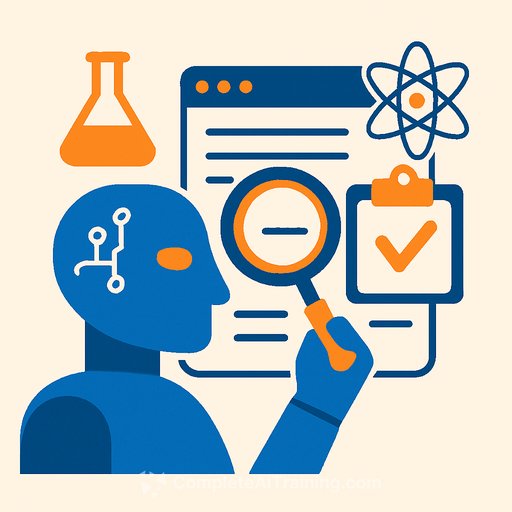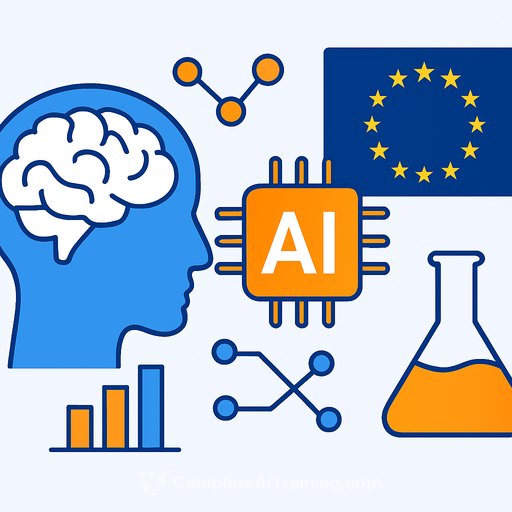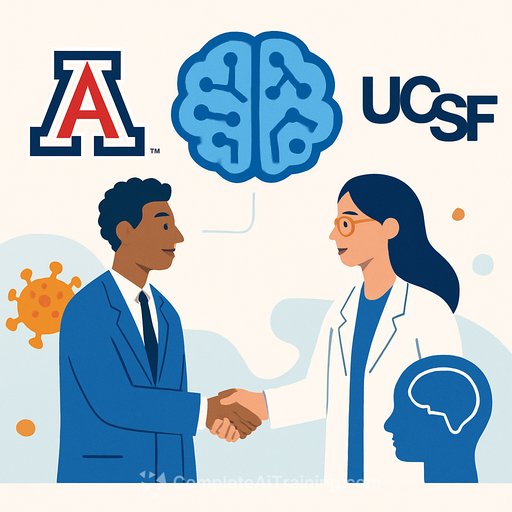AI Poised to Audit the Entire Body of Published Research
Science depends on self-correction, primarily through peer review, where experts anonymously vet research before publication. This process aims to ensure accuracy but is far from foolproof. Various grassroots and institutional initiatives work to spot problematic papers, reinforce peer review, and clean up the scientific record through retractions or journal closures. Yet these efforts are often resource-heavy and incomplete. Artificial intelligence (AI) is on the verge of transforming this landscape, raising important questions about public trust in science.
Peer Review Misses More Than It Catches
The surge in scientific publications, journals, and for-profit publishing has opened doors to exploitation. “Paper mills” offer quick publication with little oversight, targeting academics under pressure to publish. Publishers profit from high article-processing fees, and corporations sometimes fund low-quality research or ghostwrite papers to sway evidence, policy, and public opinion toward their interests.
These challenges reveal the limits of peer review as the sole gatekeeper of scientific integrity. In response, initiatives like Retraction Watch monitor withdrawn papers and misconduct, while groups such as Data Collada detect manipulated data and images. Investigative journalists expose corporate influence, and meta-science evaluates the scientific process itself for bias and error.
Not all flawed research causes harm, but some has far-reaching effects beyond academia. For example, a safety review of glyphosate, long considered independent, was revealed through legal documents to be ghostwritten by Monsanto and published in a journal linked to the tobacco industry. Despite exposure, the paper continues to influence citations, policies, and Wikipedia entries globally. Such cases fuel narratives that science is broken, undermining public confidence.
AI Is Already Policing Scientific Literature
Until recently, technology mainly supported plagiarism detection. Now, AI tools like ImageTwin and Proofig scan millions of figures for duplication, manipulation, and AI-generated images. Natural language processing identifies “tortured phrases,” a hallmark of paper mills. Bibliometric tools analyze whether papers are cited in support or contradiction.
Advanced AI models, capable of reasoning and logic, are beginning to detect subtler errors. For instance, the Black Spatula Project uses AI to check mathematical proofs at scale, uncovering inconsistencies missed by human reviewers. Large language models help process vast amounts of text, enabling the possibility of a global audit of the scholarly record when combined with full-text access and sufficient computing power.
Such an audit will likely uncover outright fraud but also a large volume of routine work containing common errors. The prevalence of fraud remains unclear, but it is well-known that much scientific work is rarely cited or influential. To outsiders, this might be as unsettling as discovering outright fraud, clashing with the public image of dramatic scientific breakthroughs.
AI’s perceived impartiality and competence may lend credibility to these findings, but that also makes them susceptible to misuse in disinformation campaigns, especially since AI is already exploited for such purposes.
Redefining the Scientific Ideal to Protect Trust
Maintaining public trust requires a more transparent and realistic portrayal of scientists’ roles. Much of research today is incremental and career-sustaining, built on education, mentorship, and engagement. The scientific community must abandon incentives that push for exaggerated claims and focus on honest communication.
Breakthrough discoveries are rare, but that doesn’t diminish the value of incremental work. Portraying science as a collective, ongoing process rather than a sequence of individual heroics will better withstand AI-driven audits.
A comprehensive, cross-disciplinary audit is imminent. It might come from government agencies, think tanks, anti-science groups, or corporations aiming to erode trust in science. The scientific community can anticipate its findings and take proactive steps to lead this scrutiny. Doing so could spark a focused renewal of scientific rigor. Delaying, however, risks these findings being misunderstood as signs of systemic failure.
Science’s strength never lay in being error-free but in its ability to identify and correct mistakes. Demonstrating this publicly is essential to preserving trust before it fractures.
Your membership also unlocks:






